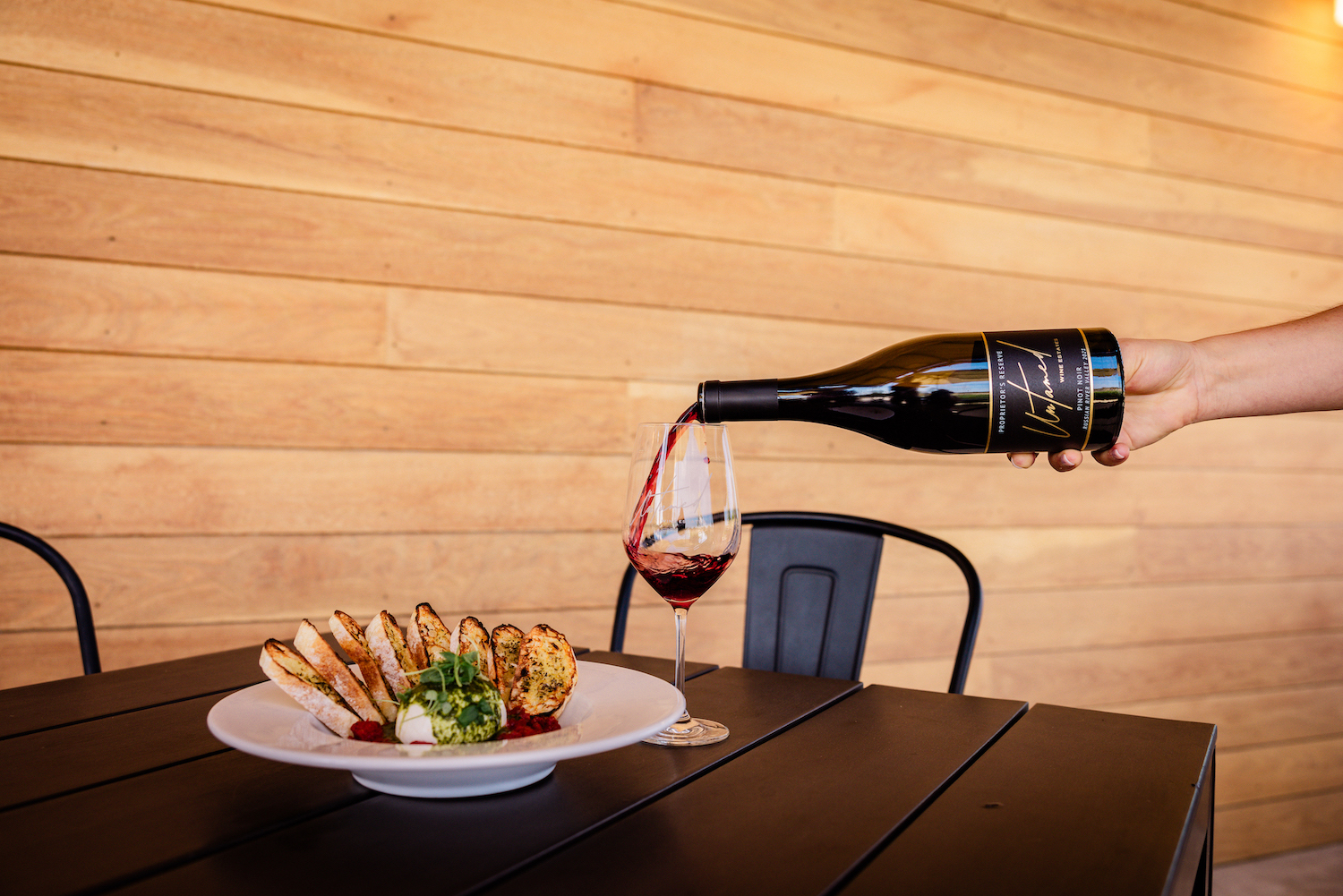Volatile Acidity
Balsamic versus Wine
Have you ever toured an Italian winery and seen wine barrels in the basement and in the attic? Although both barrels contain wine, the barrels in the cool basement are producing your favorite alcoholic beverage while the barrels in the warm attic are producing your favorite vinegar. The wines in the attic are being converted from wine to vinegar due to acetic acid, the main component of Volatile acidity.
What is Volatile acidity and why is it scary to winemakers?
Volatile acidity (VA) is defined as the steam distillable acids found in wines. Acetic acid, the main acid in vinegar, makes up about 90-95% of volatile acidity, but VA can also include lactic, formic, propionic and butyric acids.
VA is detectable as low as 0.6 g/L, an aroma typically smelling of vinegar or nail polish remover – not a desirable aroma when smelling wine. VA can plague any wine, it not only effects the aroma and flavor but can also be illegal in high quantities. Once VA is established in a wine, it can easily spread to other wines in the same area. If turning your favorite wine to vinegar isn’t scary enough, removing volatile acidity in wine is very costly and nearly impossible to restore a wine to the original quality.
How does a wine get VA and how can it be prevented?
Acetic acid, the main component in VA is caused by a bacteria (Acetobacter acetic) found on grape skins, fruit flies, barrels and other untreated surfaces in the wine cellar. Even in the cleanest conditions, wine will contain some volatile acidity, but it is important to keep this number as low as possible.
In the US, a wine is legally not supposed to contain more than 1.4 g/L of volatile acidity.
The best prevention of acetic acid is to test wine for VA once a month. If there is an increase in the measurement, it is easy to stop the VA before it gets out of hand. It is also important to limit oxygen exposure (barrels are topped, tanks are gassed), store wine in a cool area, and keep all surfaces and equipment clean and sanitized (no double dipping from barrel to barrel). It is also important to maintain healthy sulfur levels in the wine, sulfur acts a great preservative and preventative of microbial activity. See our last Sipping on Science article for more information about sulfur in wine.
Do we test for VA?
Our barrel room is kept at 55 degrees year-round to prevent for bacterial growth and we complete an acetic acid analysis on our barrels monthly. This data gives us a good idea of the bacterial activity of each barrel and helps us eliminate any possible “problems” in the cellar before they become problems.
Want to learn more about VA from another source? Check out this article from Wine Enthusiast: Click Here
Next time on Sipping with Science:
It’s bottling season. Find out how wines are transferred from barrel to bottle.


